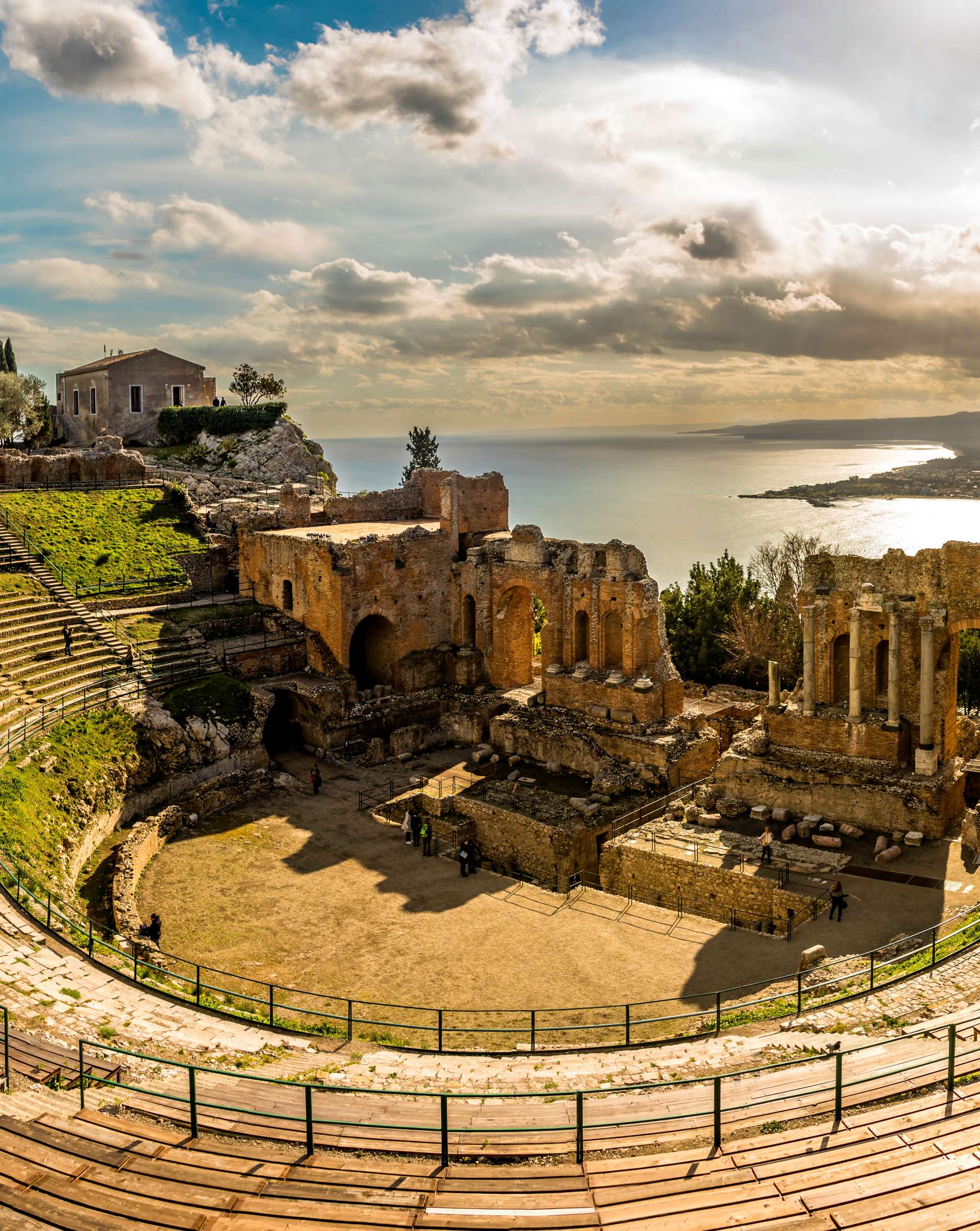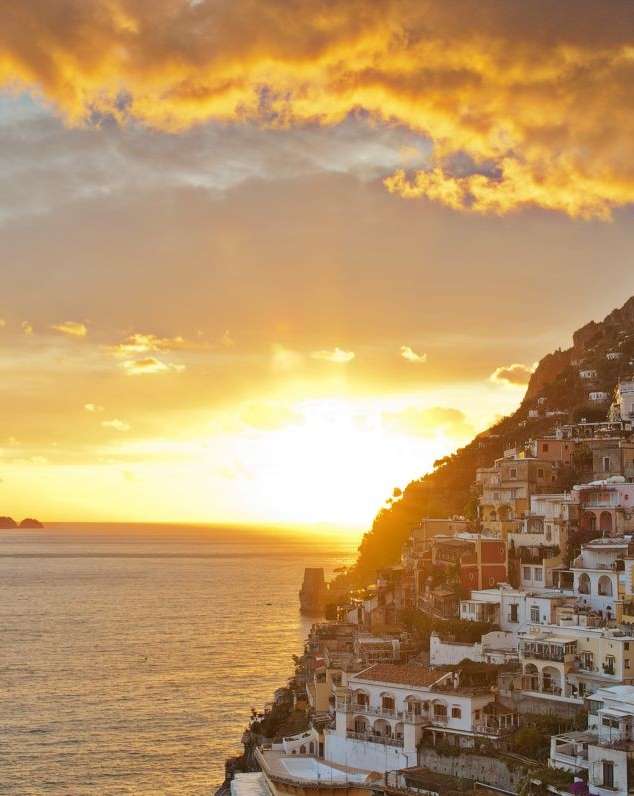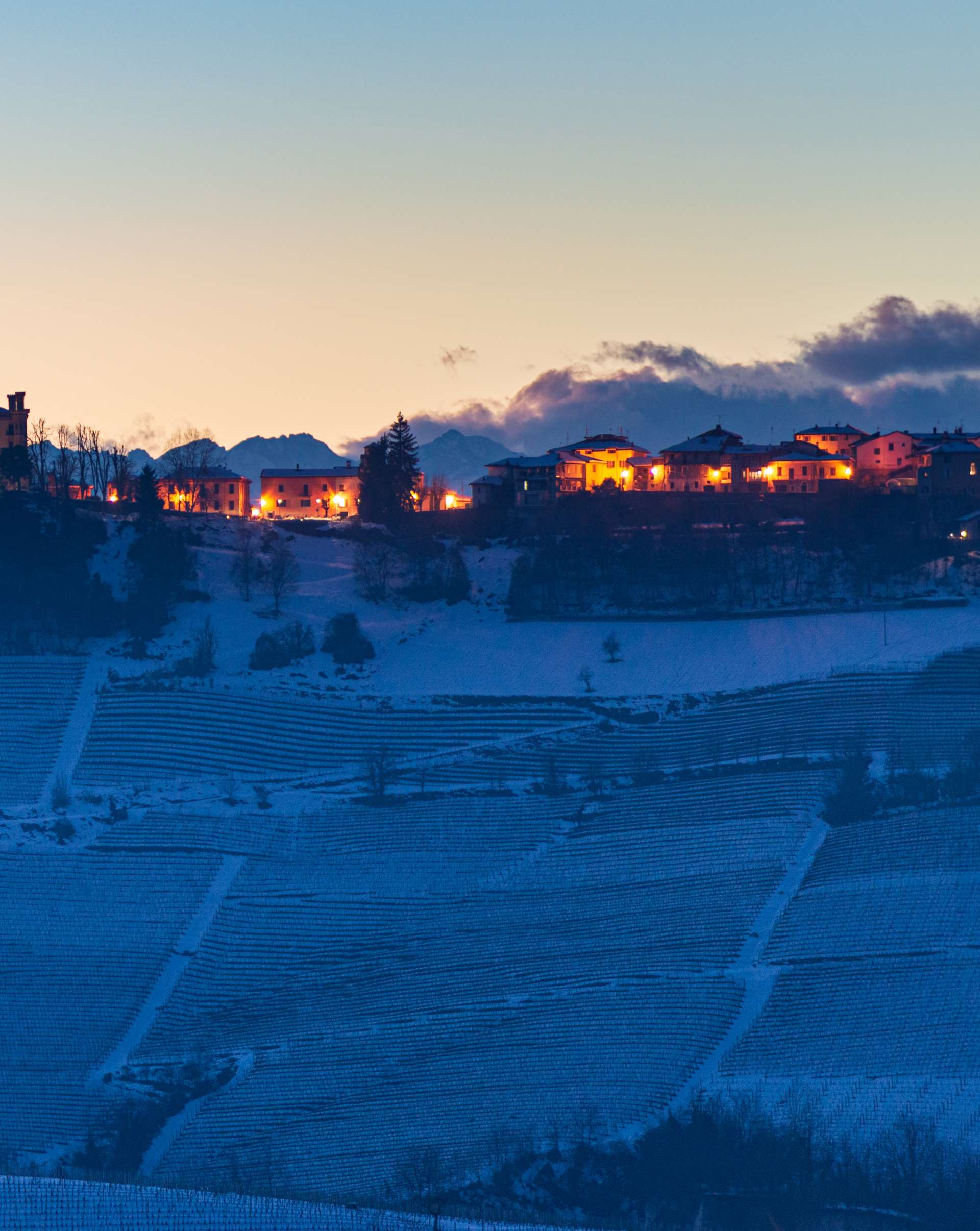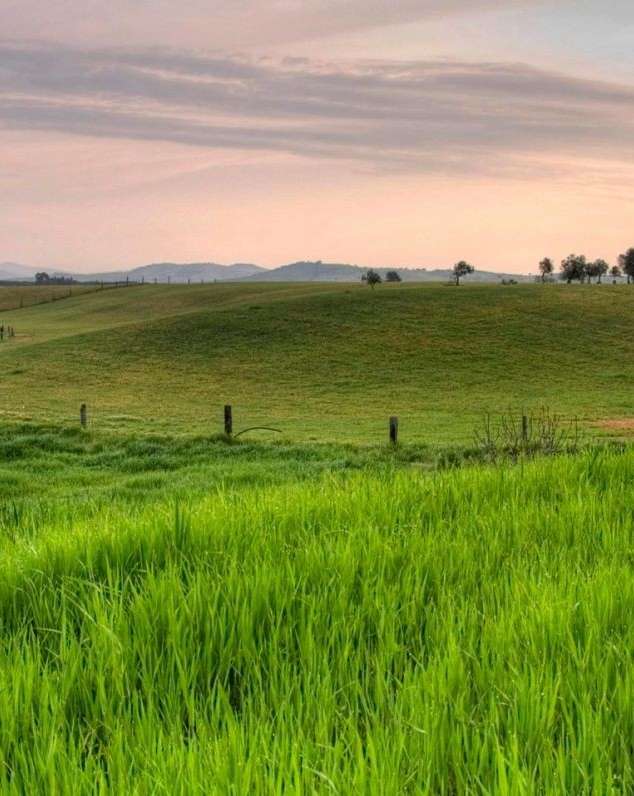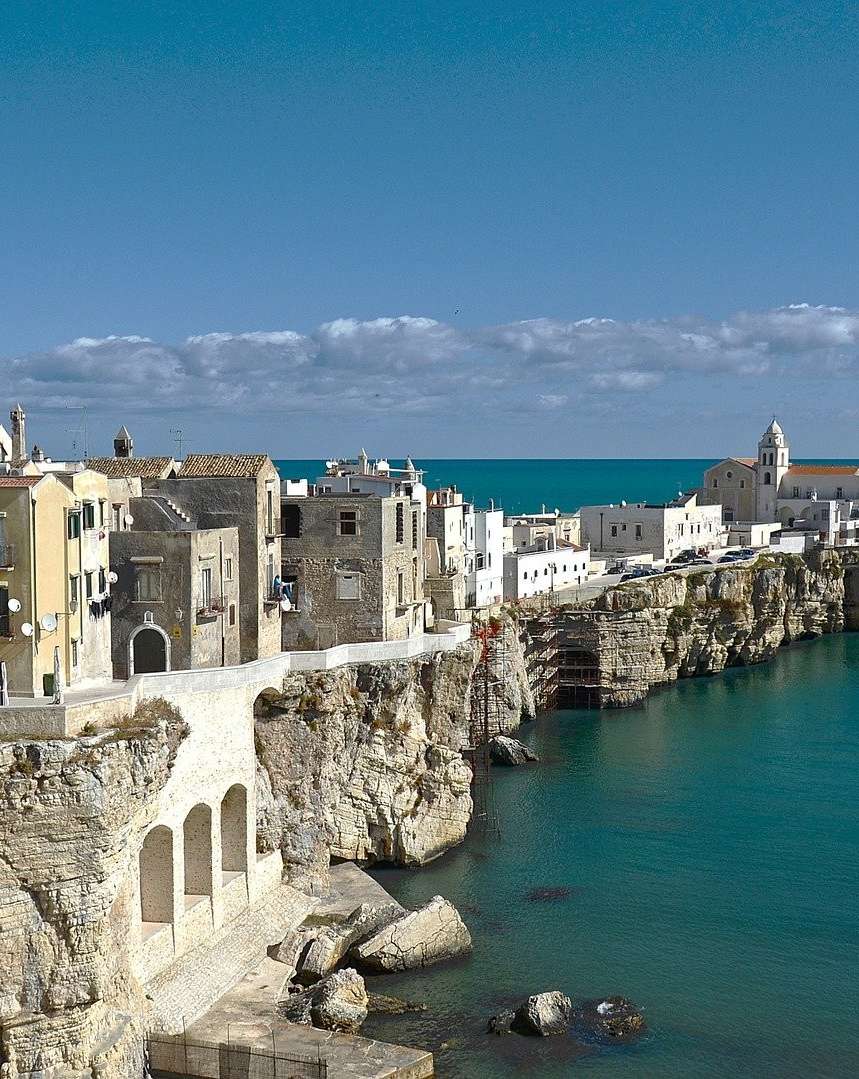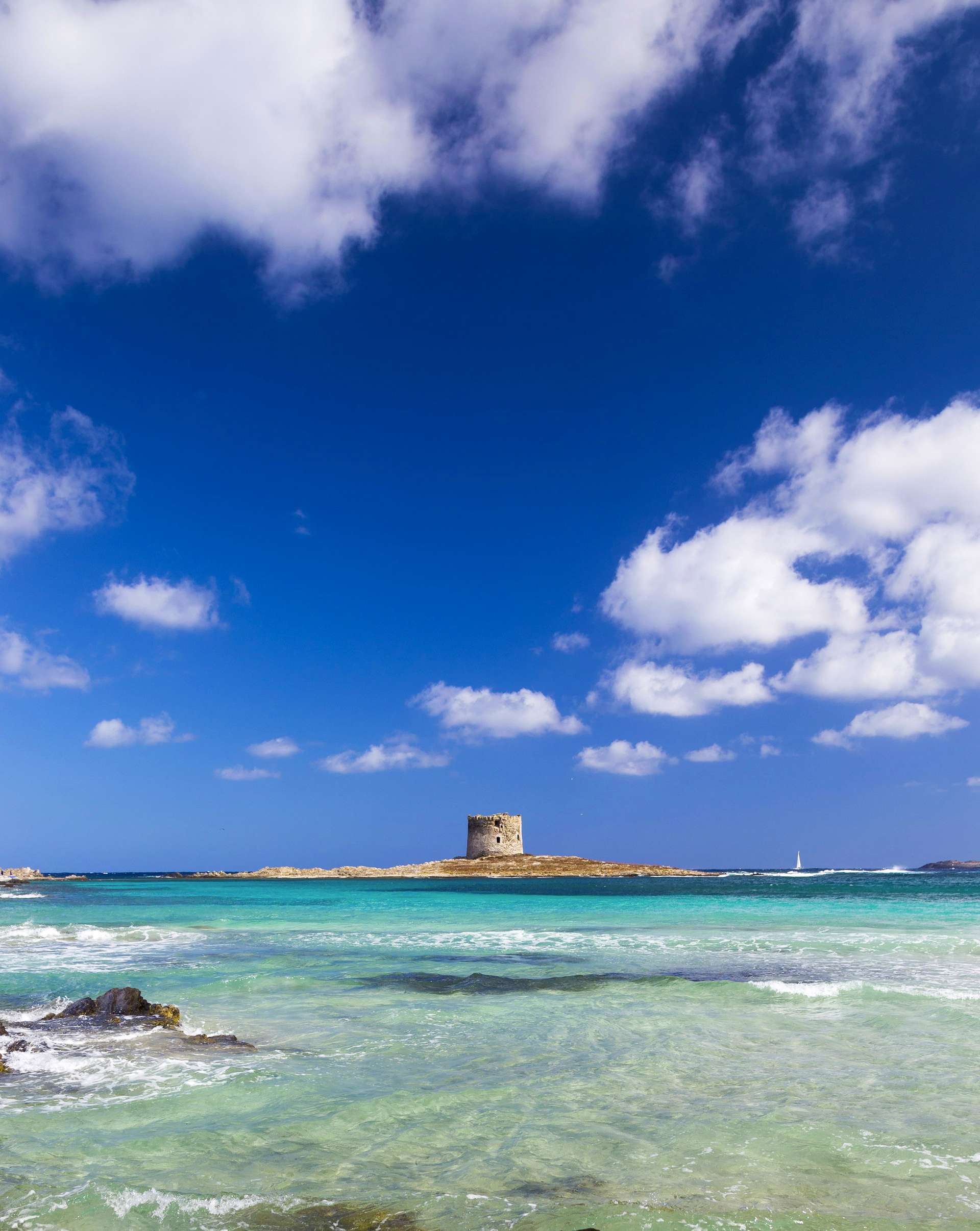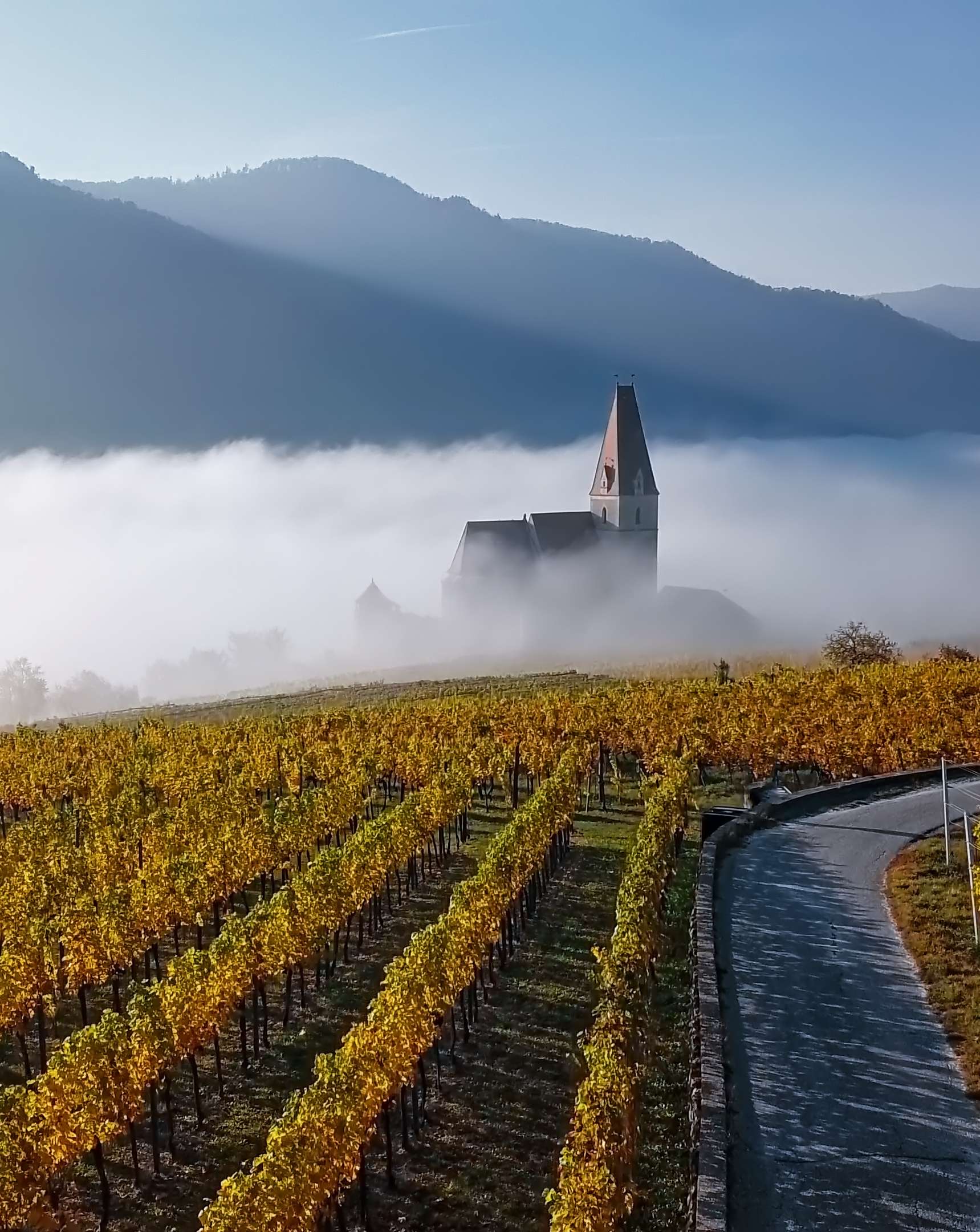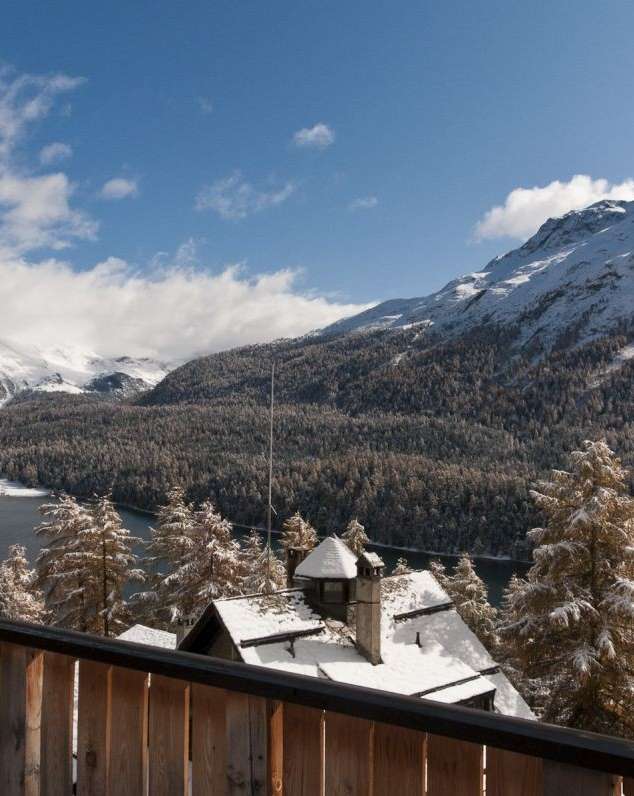
Things to see in and around Ponte di Legno in Valcamonica
October 29, 2013Perched at 1258 meters above sea level, at the end of Valcamonica, Ponte di Legno has been a famous Alpine resort town for over a century, so that in 1912 the Touring Club already called it "the first station of Italian tourism and winter sports". Located in a strategic position, it acts as a natural boundary between Lombardy and Trentino through the Passo del Tonale. It is also the point where the streams Narcanello and Frigidolfo meet, giving rise to one of the major tributaries of the Po, the river Oglio.
It would be worthwhile to go to Ponte di Legno only to enjoy the beautiful scenery: from the town you can admire the entire group of Castellaccio, consisting of the homonymous mountain, the top of Lagoscuro, the top of Payer and the top of Venice. Climbing until 2’000 meters, Corno d’Aola dominates the group of Salimmo and Tonale, and you can distinguish Vescasa, Valbione and Basin Pozzuoli where paths branch out over the Bocchetta di Casola and Cima Salimmo.
To those who do not settle for the simple albeit extraordinary views, Ponte di Legno offers the opportunity to reach some of the most beautiful ski resorts in the whole Lombardy for the practice of winter sports through the lifts. In summer, the same lifts, along with the many trails that surround the town, allow a wide choice of walks and climbing with varying degrees of difficulty. One should not forget that Ponte di Legno, albeit owes its fame to the ski tourism, so that in the winter the population squirts from about 1’700 usual residents inhabitants to 25’000, features many facilities for sports to be enjoyed in hot months, such as mountain biking and golf.
Although it is very small, Ponte di Legno has so much to offer from architectural point of view: you should visit the Castle of Castelpoggio in Poia, built on the ruins of a Lombard fortification of the seventh century, and two very pretty churches. The first one is the Parish Church of Holy Trinity, built in 1685, which contains works from the workshop of Ramus; the second one is the Church of St. Apollonius in Plampezzo, dating from the twelfth century, with its frescoes by the painter Johannes da Volpino.
Finally, you should not underestimate the delights of the local cuisine: between a veal piccata with thyme and a rabbit lined with bacon, you’ll find the calsù with melted butter, ravioli filled with any delight.

